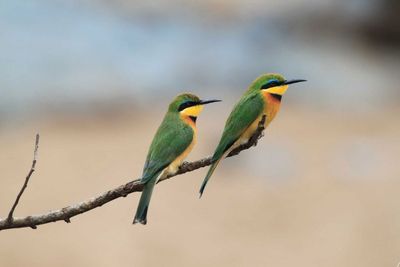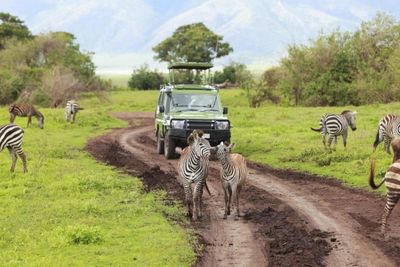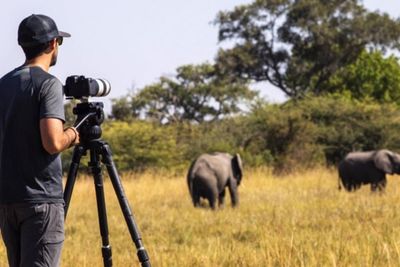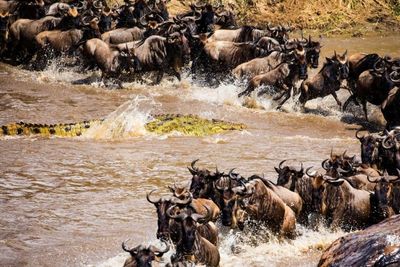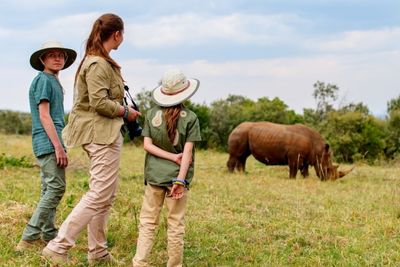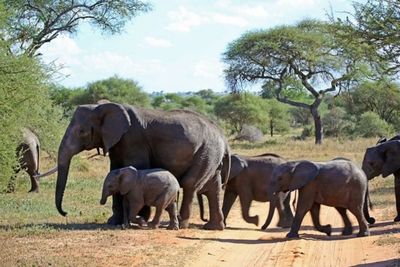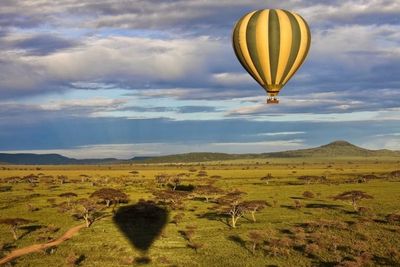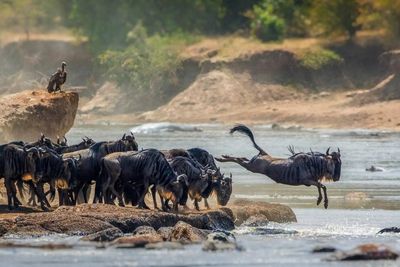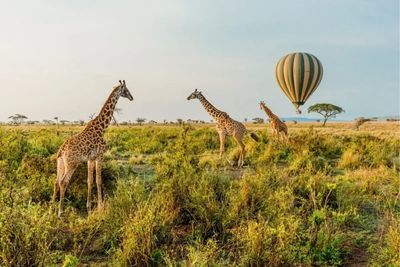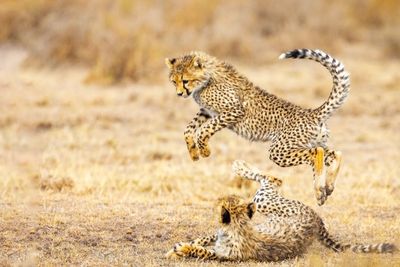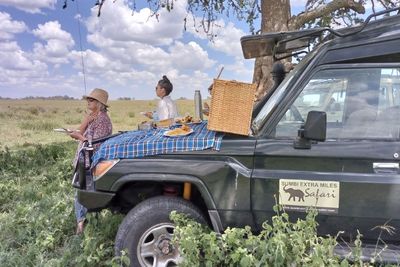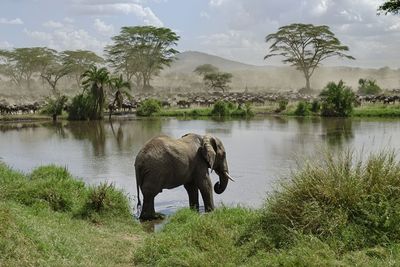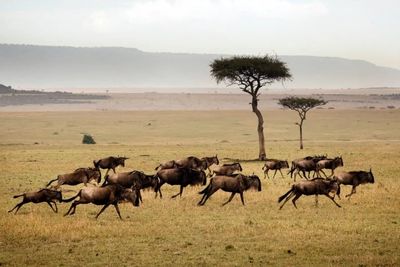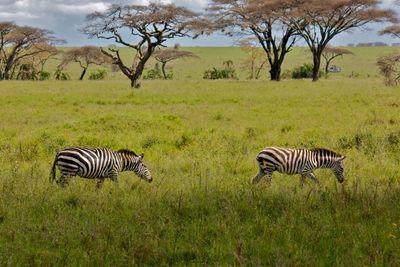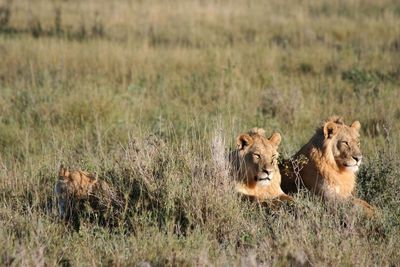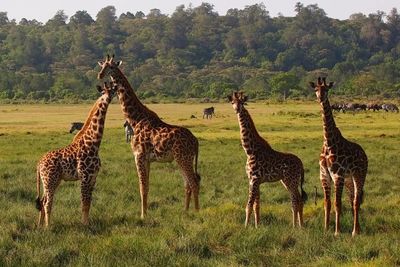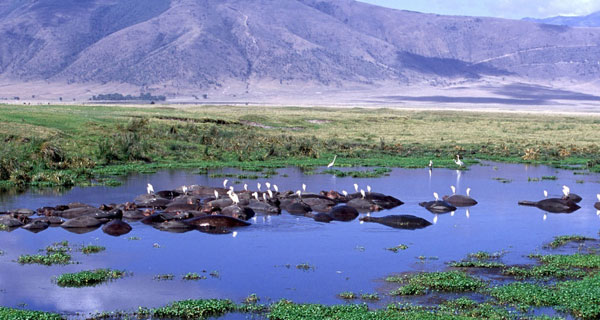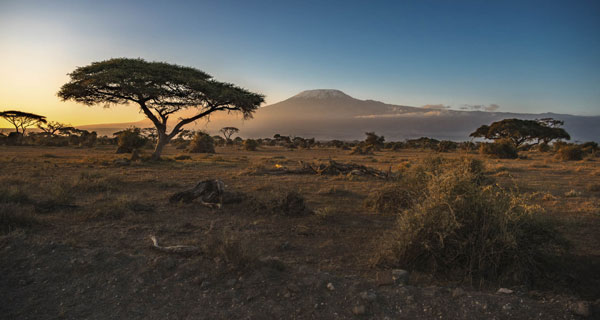Experience Tanzania’s Beauty Up Close

Welcome to Tanzania! We’re excited to share our home with you. Every single day on a Safari in Tanzania is a delightful experience here. Travelling in the country provides sights that will awe and inspire you.
Juma Rajabu Sumbi
Managing Director
Best Safari Packages In One Place
5 Days 4 Nights
Price – $on request
6 Days 5 Nights
Price – $on request
Why Travelers Would Love to Visit Tanzania?
Tanzania is a land of endless wonders, home to world-famous safaris, stunning landscapes, and rich cultures. From the vast Serengeti to the tropical beaches of Zanzibar, this country has something for every traveller. Here’s why Tanzania should be your next destination:
- Witness The Great Migration – Every year, over a million wildebeest and zebras move across the Serengeti in search of fresh grass. This incredible journey is one of the most spectacular wildlife events on Earth.
- Climb Mount Kilimanjaro – Standing at 5,895 meters, Mount Kilimanjaro is Africa’s highest peak and one of the world’s most iconic trekking destinations. Every year, thousands of climbers take on the challenge to reach its glacier-covered summit.
- Relax On Zanzibar’s Beaches – After an adventurous safari, unwind on white sandy Zanzibar Beaches. Explore Stone Town, known for its spice markets and historical charm, or dive into clear waters filled with vibrant marine life.
- Explore The Ngorongoro Crater – Formed millions of years ago, the Ngorongoro Crater is a natural wonder with dense wildlife, including lions, elephants, and rhinos. It’s one of the best places in Africa for game viewing.
- Experience Maasai Culture – The Maasai people are known for their unique traditions and deep connection to nature. Visiting a Maasai village gives travellers a chance to learn about their way of life.
- Discover Tanzania’s Wildlife – Tanzania has over 1,000 bird species and the highest concentration of wildlife in Africa. Explore Tarangire, Ruaha, and Selous for some of the most diverse animal sightings.
Tanzania is a place like no other. Every Safari Tour in Tanzania is an unforgettable experience, whether you’re coming for adventure, wildlife, or relaxation. Let’s start planning your trip!
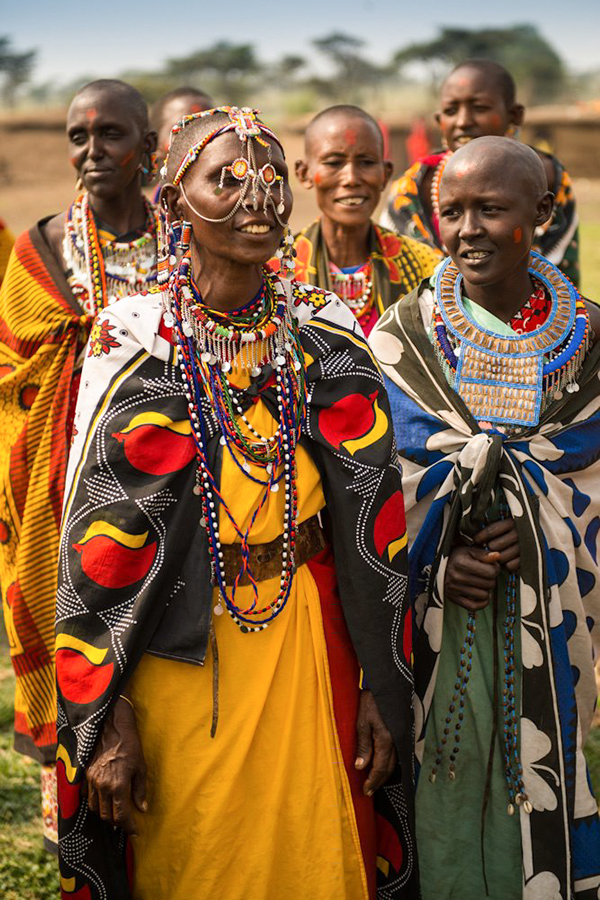
Incredible Places Worth Exploring
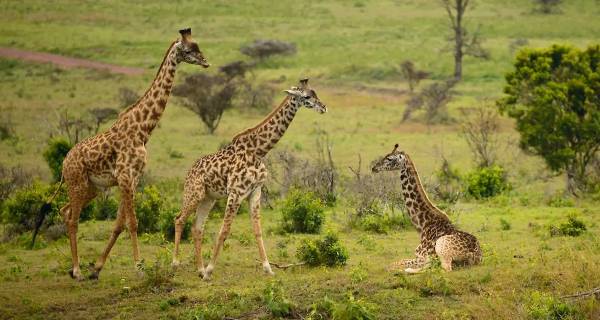
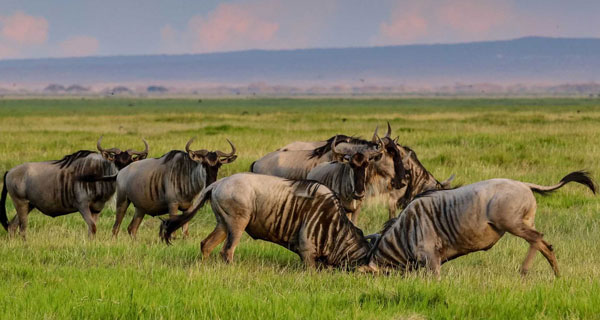
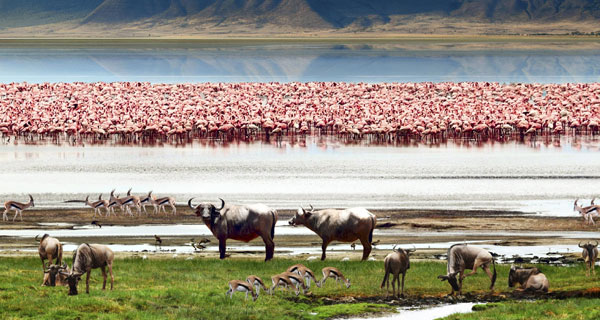
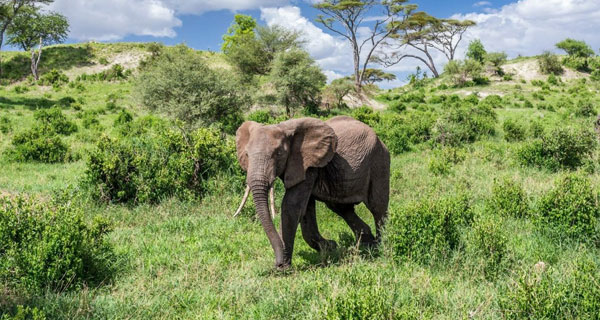
Why travel With Sumbi Extra Miles Safari?
LOCAL KNOWLEDGE
TAILORED TRIP PLANS
ECO CONSCIOUS APPROACH
FAQs to Help You Explore Tanzania Like A Pro
What makes Tanzania a top safari destination?
Tanzania is home to some of Africa’s most iconic safari destinations, including Serengeti National Park, Ngorongoro Crater, and Tarangire National Park. With diverse landscapes, rich wildlife, and the spectacular Great Migration, Tanzania offers some of the best safari experiences in the world. The country’s commitment to conservation and sustainable tourism makes it an ideal choice for nature lovers.
How long should a Tanzania safari be?
The ideal length of a Safari in Tanzania depends on what you want to see. A 5 – 7 day safari allows you to explore multiple national parks, while a 10 -12 day safari provides a deeper Experience covering various ecosystems, cultural encounters, and even a Zanzibar Beach extension.
What does a Tanzania safari cost?
The Cost of Tanzania Safari depends on factors like accommodation type, park fees, and the season. On average, a budget safari costs $200-$400 per person per day, mid-range safaris cost $400-$700, and luxury safaris can exceed $1,000 per person per day. Private safaris cost more than group tours.
When is the best time to visit Tanzania for a safari?
The Best Time to Visit Tanzania depends on your interests. The dry season (June-October) offers the best wildlife viewing, while the best seen in Serengeti Great Migration from June to July and January to February. The green season (November-May) has lush landscapes, fewer tourists, and lower prices.
What types of safaris are available in Tanzania?
Tanzania offers various safari experiences, including game drives, walking safaris, balloon safaris, night safaris, and cultural safaris. Irrespective of whether you prefer a private, group, or family-friendly safari, there’s a perfect option for every traveller.
Can I combine a Tanzania safari with other activities?
Yes! Many travellers combine safaris with a Kilimanjaro Trek, a Zanzibar Beach Holiday, or cultural tours in places like Lake Eyasi or Maasai villages. We can create a custom itinerary that fits your interests.








